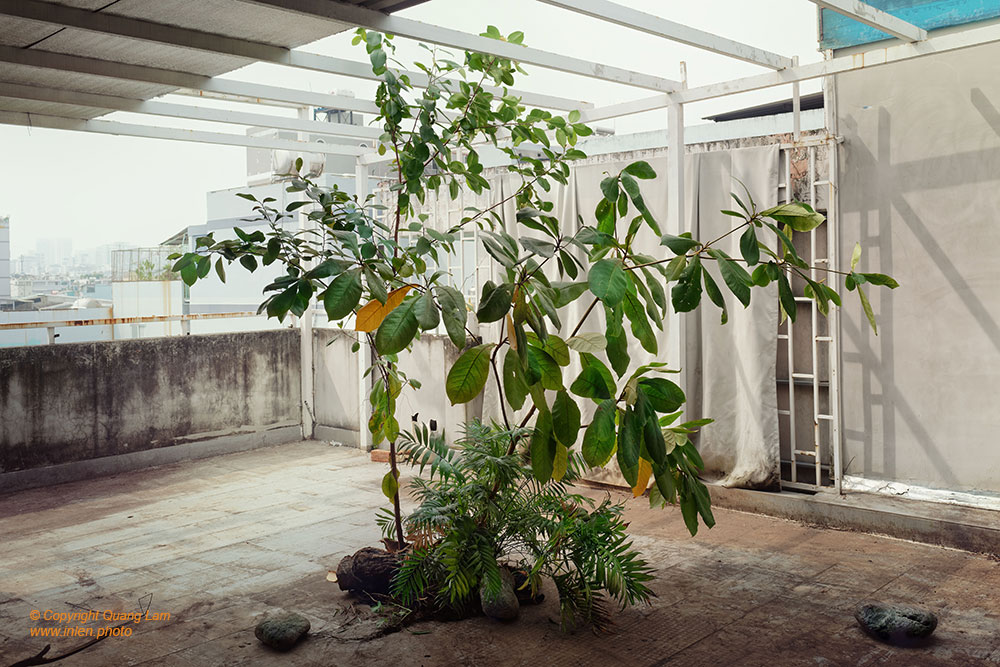Additional information
| Format | |
|---|---|
| Photographer |
$150.00 – $350.00
Urban gardens and terrace gardens have become increasingly popular in cities around the world as people seek to incorporate greenery into their living spaces.
This photo captures young trees that have naturally taken root, utilizing the trunk of a dead tree as a nutrient-rich foundation for their growth. Their original seeds were likely carried by the wind or transported by birds, showcasing the remarkable ways in which nature propagates life. The terrace serves as an ideal setting for cultivating a natural ecosystem, highlighting the potential for urban spaces to harmoniously coexist with the environment. This thriving scene emphasizes the resilience of nature and the beauty of spontaneous growth in unexpected places.
| Format | |
|---|---|
| Photographer |
Format A3 (30x42cm)
if the artwork is square, it will be 30cm large
Format A2 (42x59cm)
if the artwork is square, it will be 42cm large
Others formats : bigger formats up to 1 meter are available. Please send us a request

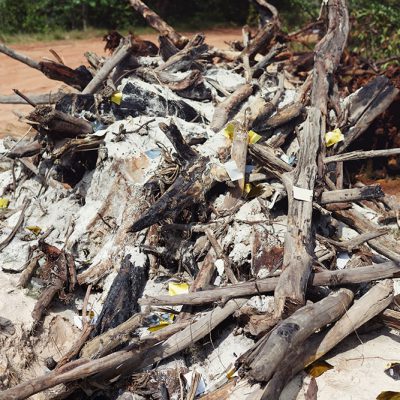
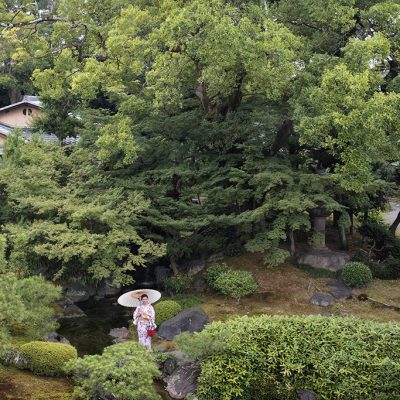
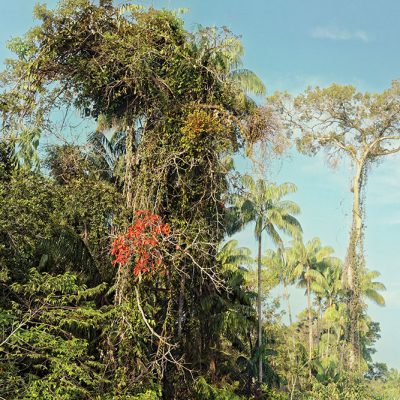
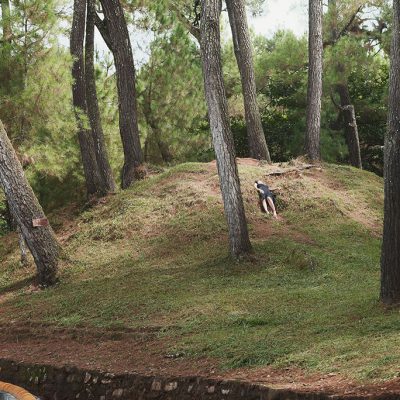
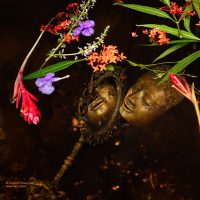
You can see this artwork in the whole context of its series. You also can order the following photos which are at a similar price
Phu Quoc, between mangroves and magical trees.
Located off the coast of southern Vietnam, Phu Quoc was at one time a place for the exiled and imprisoned. Until recently, it took eight hours on a merchant ship to reach the island from the mainland. This remoteness, though, was instrumental in the island retaining most of its natural treasures.
For most of the people, its main attractions are its beaches and the sea, with visits to jungle waterfalls also being popular. These two elements – saltwater and freshwater – have given birth to a vital ecosystem, a porous border between the sea and the land: mangrove swamps.
I ventured out on a day trip to discover this wonder of nature which involved a short drive along the coast and a walk up the river estuary, which can be as wide as 50 meters or more at some points. I have also been to a beautiful place where the Cua Can River flows into the sea, in north east of the island and also walked up the nearby River Vau Bau.
Unspectacular at first glance, one must look carefully at the plants in the mangrove swamps to note that they differ in appearance from those growing on land. The most visible are the mangrove roots in the air, forming something akin to an island on stilts over the water. A rich biotope develops around these roots, which acted a refuge for terrestrial and aquatic animals.
Because of the global warming, mangroves have become vital in the protection of the land and the crops, protecting coastal areas from erosion by dissipating wave energy. They are also efficient carbon sequesters, piling most of their carbon onto the ocean floor, while forests keep most of it in trees and branches.
The balance in such environment is fragile and economic development, certain to be amplified by the new international airport on Phu Quoc, may tip it far one way if the importance and beauty of the area is not recognized.
Phu Quoc National Park established in 2001 and covering 70% of the island preserves virgin forests and beaches within its boundaries. It set the conditions, for example, that allowed the survival of the Dugong (Dudong) , a marine mammal with a sympathetic face, that led to navigators confusing them with the sirens in ancient mythology.
While driving my motorbike on Phu Quoc’s dusty roads, I often stop to admire some giant trees. Nowhere in Viet Nam, have I seen these silhouettes by the seaside, which is normally the territory of coconut trees. The reason, I suppose, is that proximity to the jungle and the wind has spread the seeds of these giants onto the beach. To reach such heights, they must have fought for survival many years, against the natural elements, and they most definitely owe this survival to the surrounding vegetation.



